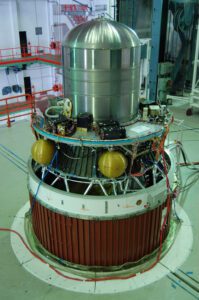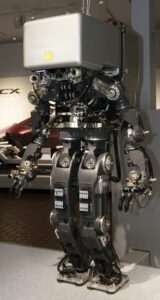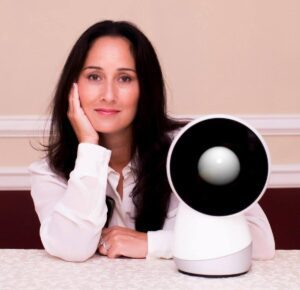Physical Address
Gujarat, India
Physical Address
Gujarat, India
A gyroscope is a sensor that measures and maintains the orientation or rotational angle of an object. In robotics, it helps the robot understand its position in space by detecting rotational movements, such as turning or tilting. This allows robots to maintain balance and navigate accurately. It is a sensor that helps robots know which way they are turning or tilting. It helps them stay balanced and know their direction, like when a robot turns left or right.

The SpaDeX (Space Debris Experiment) project is an initiative by the Indian Space Research Organisation (ISRO) to develop and demonstrate technologies related to managing and mitigating space debris. The robotic arm will be one of it's tools to achieve the success.

Atlas by Boston Dynamics is a groundbreaking humanoid robot with unparalleled agility and dynamic motion capabilities. Leveraging hydraulic actuators and advanced sensors, it excels in tasks like parkour and backflips, setting the stage for robotics innovation. While not commercially available, Atlas is a vital platform for research in robotics and AI applications.

Discover Honda’s P-Series robots P1, P2, P3 & P4 —trailblazing humanoids that laid the foundation for modern robotics. Learn about their inception, groundbreaking technologies, and lasting impact in this comprehensive blog!

Discover ASIMO, Honda’s groundbreaking humanoid robot that revolutionized robotics with its advanced mobility, human-like skills, and intelligent interactions. Learn about its inception, technology, and real-world applications in this comprehensive guide!

Explore NAO Version 6, the latest humanoid robot from Aldebaran, now part of United Robotics Group. With advanced sensors, AI capabilities, and support for multiple programming languages, NAO is revolutionizing education, research, healthcare, and retail industries. Learn more about its features and applications in our comprehensive blog.

JIBO was a pioneering social robot designed to engage with humans through speech recognition, facial recognition, and natural interactions. Though discontinued in 2018, it remains a key example of early efforts to integrate robots into daily life as companions and assistants.